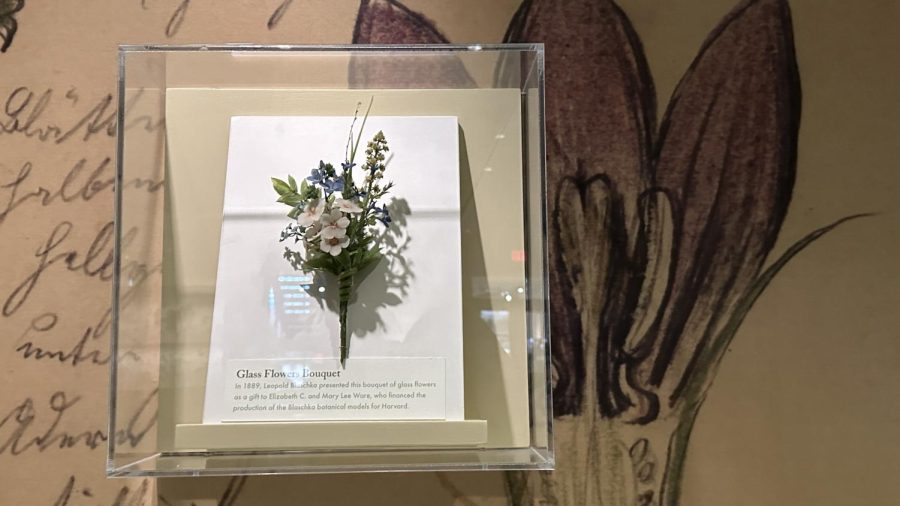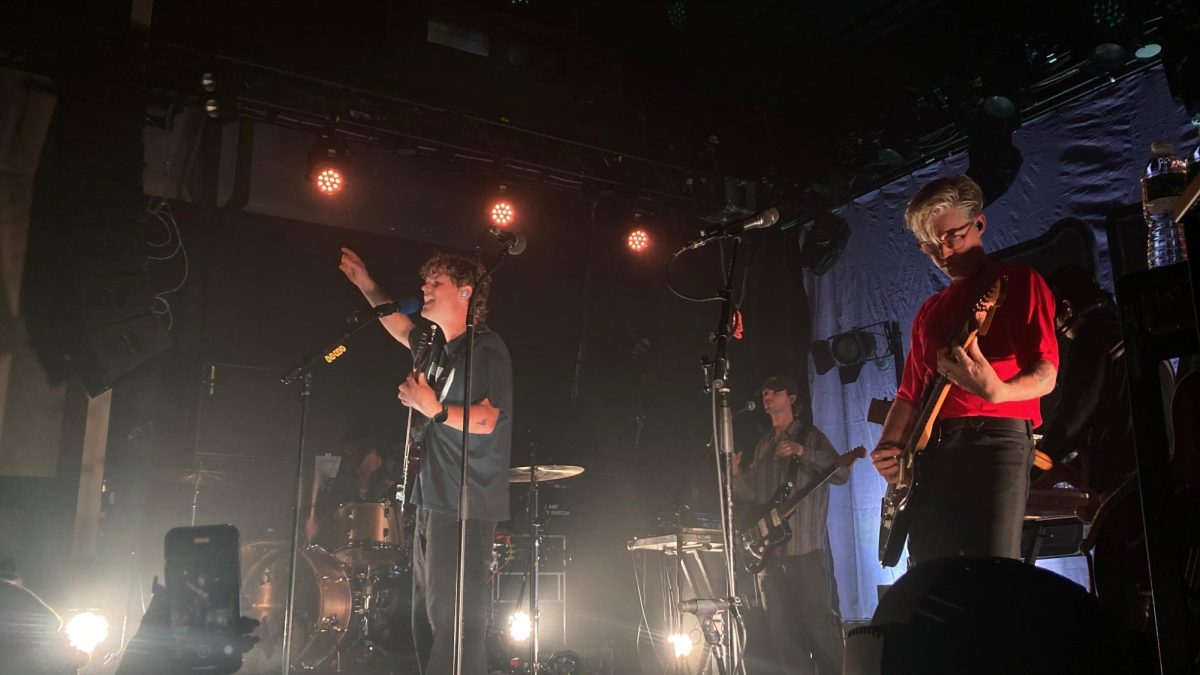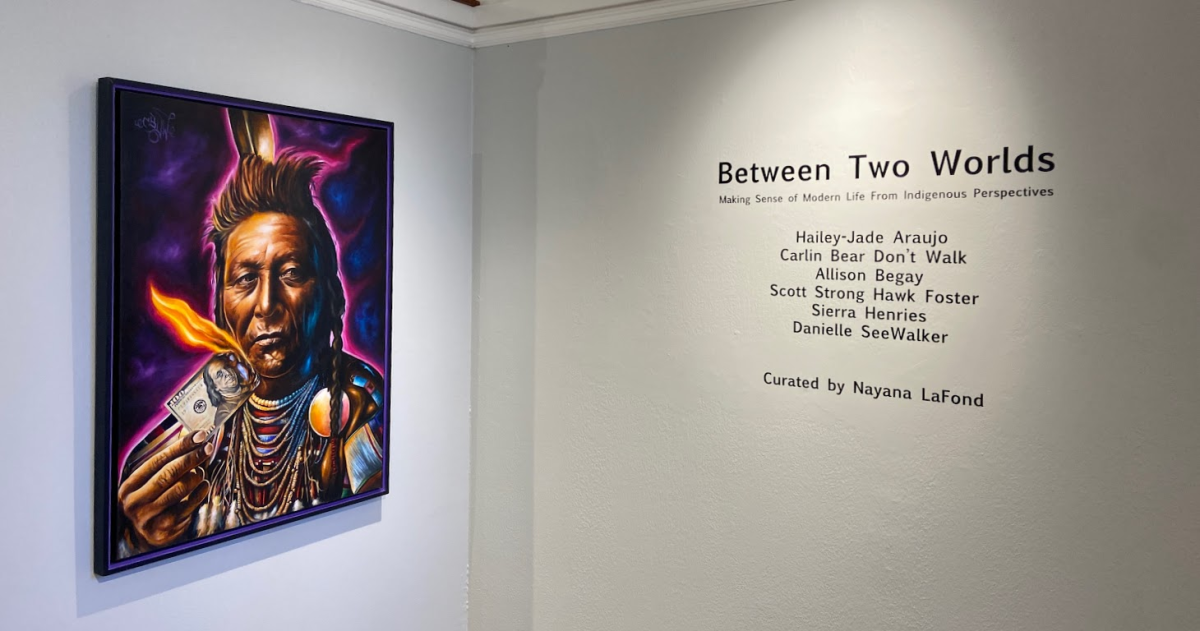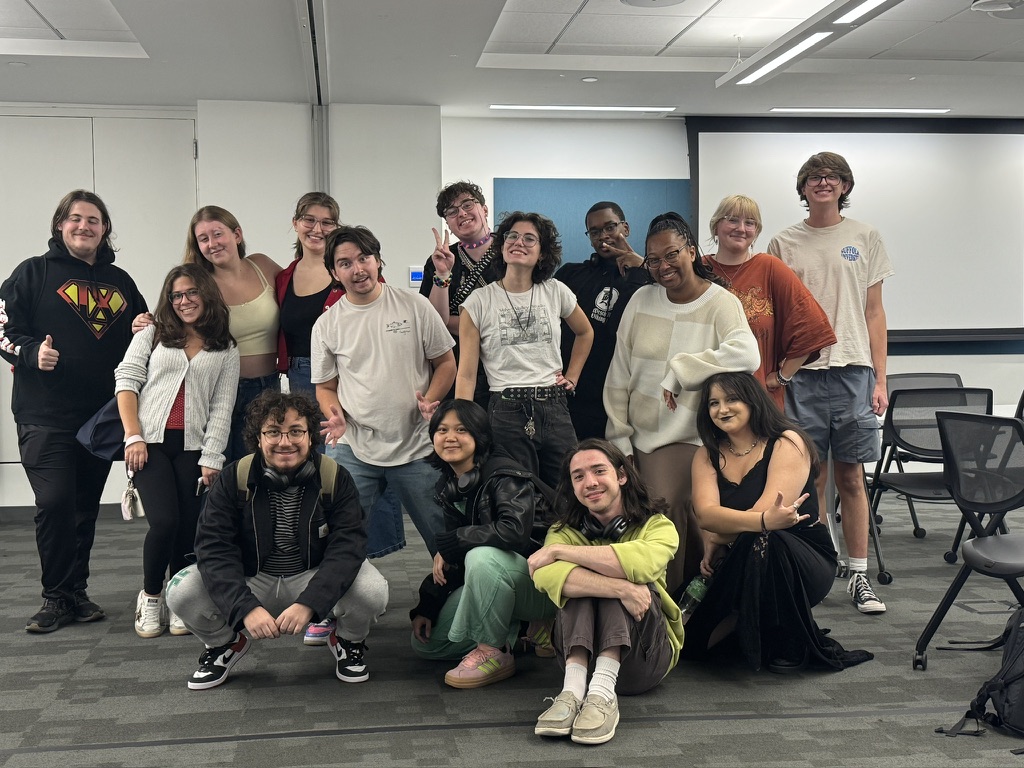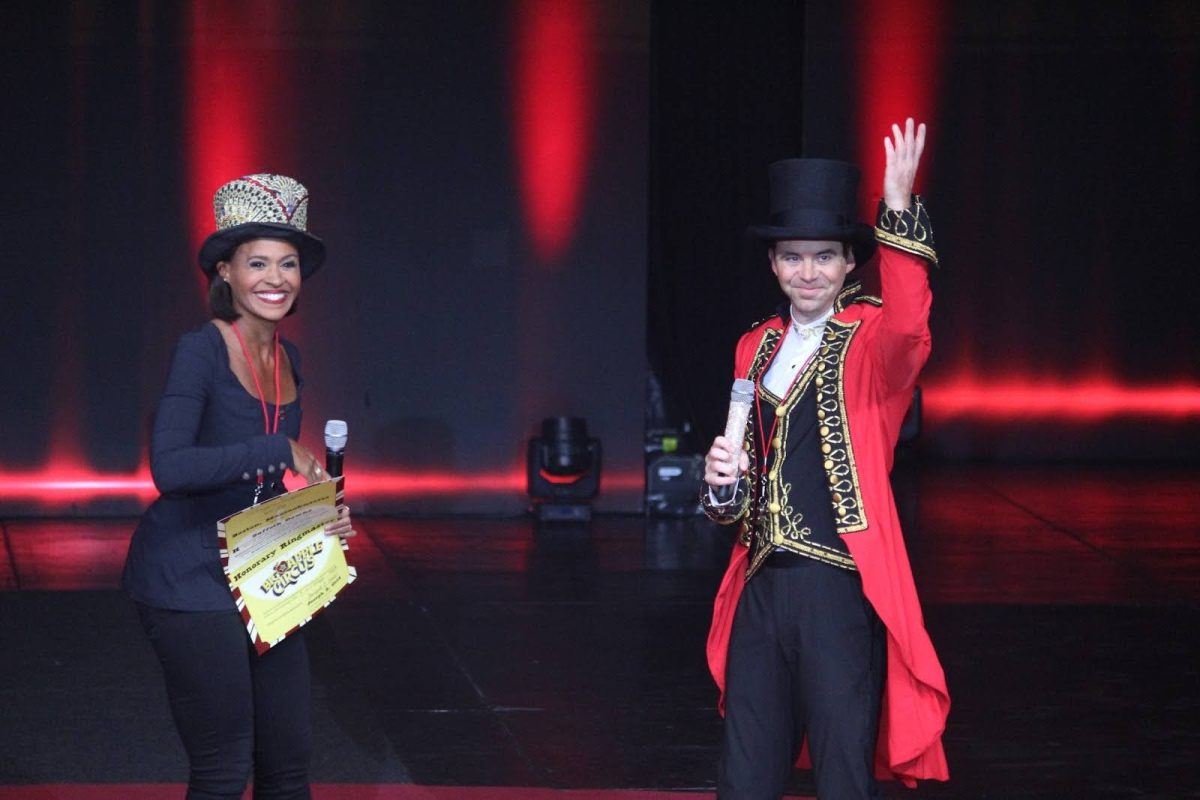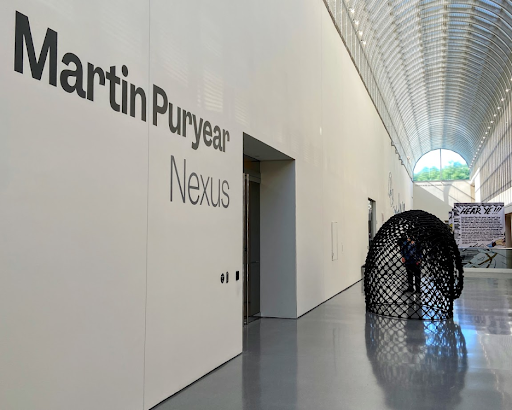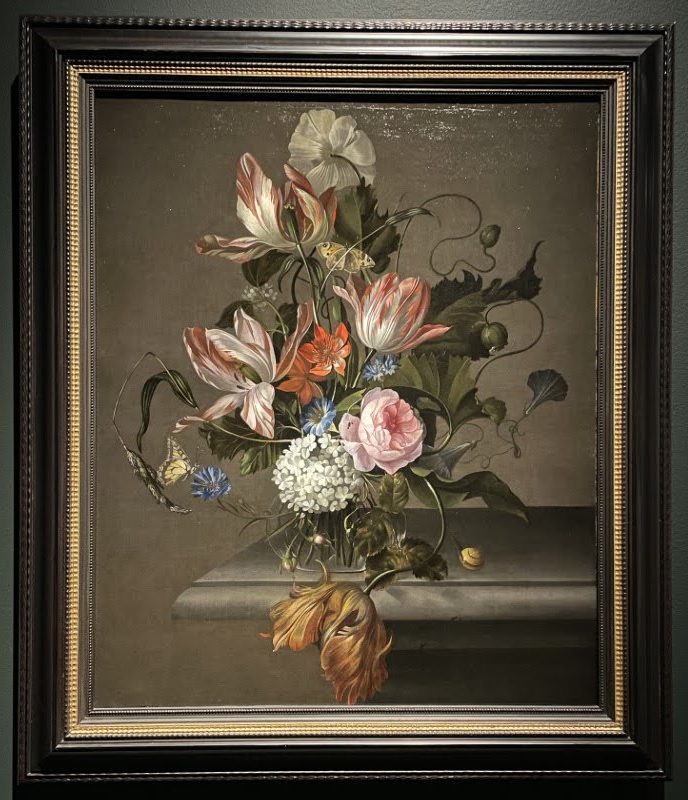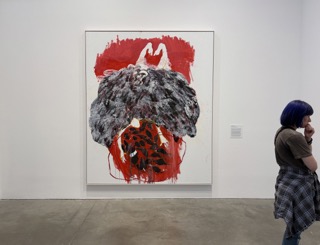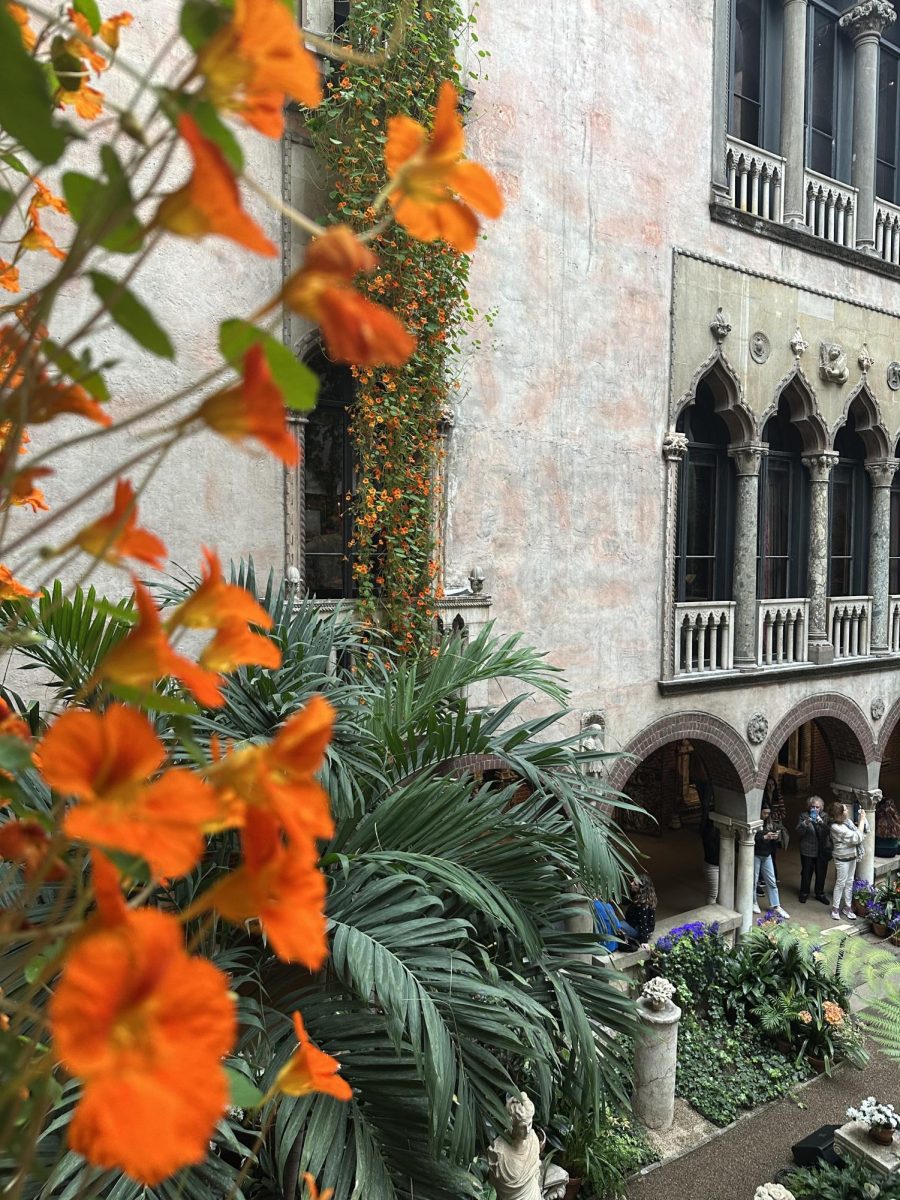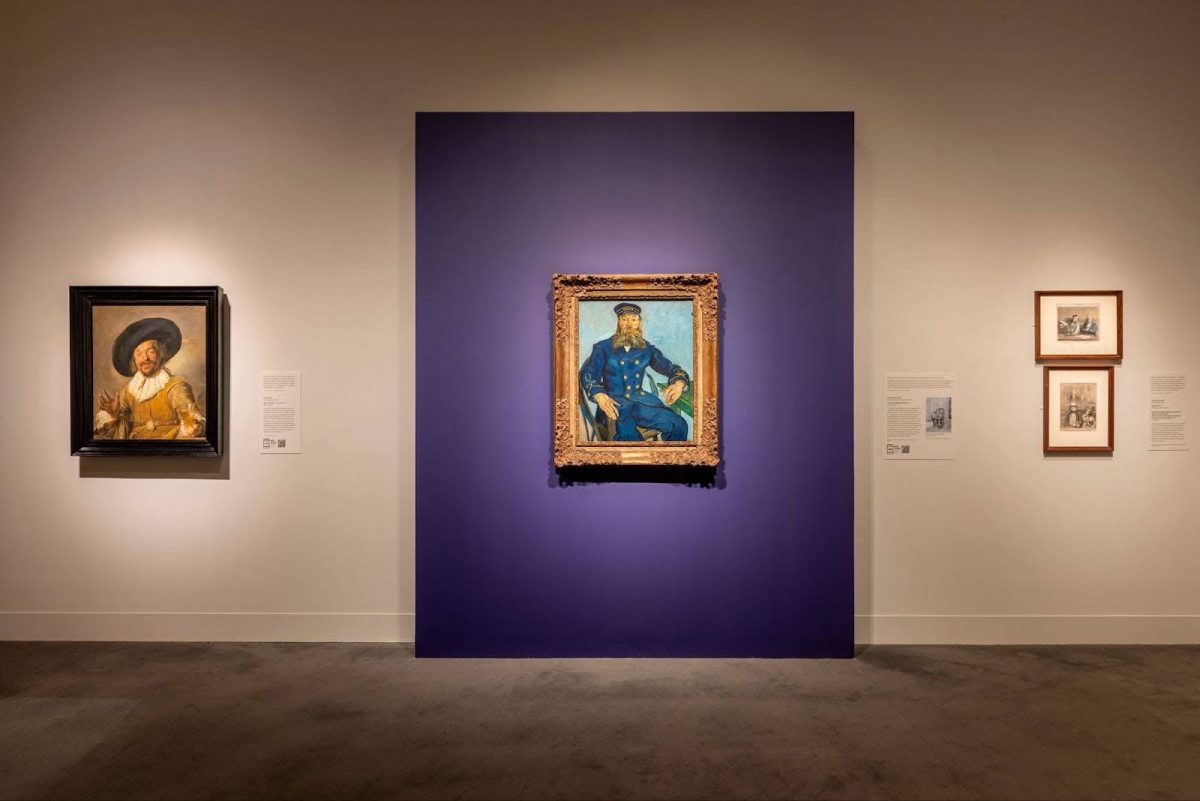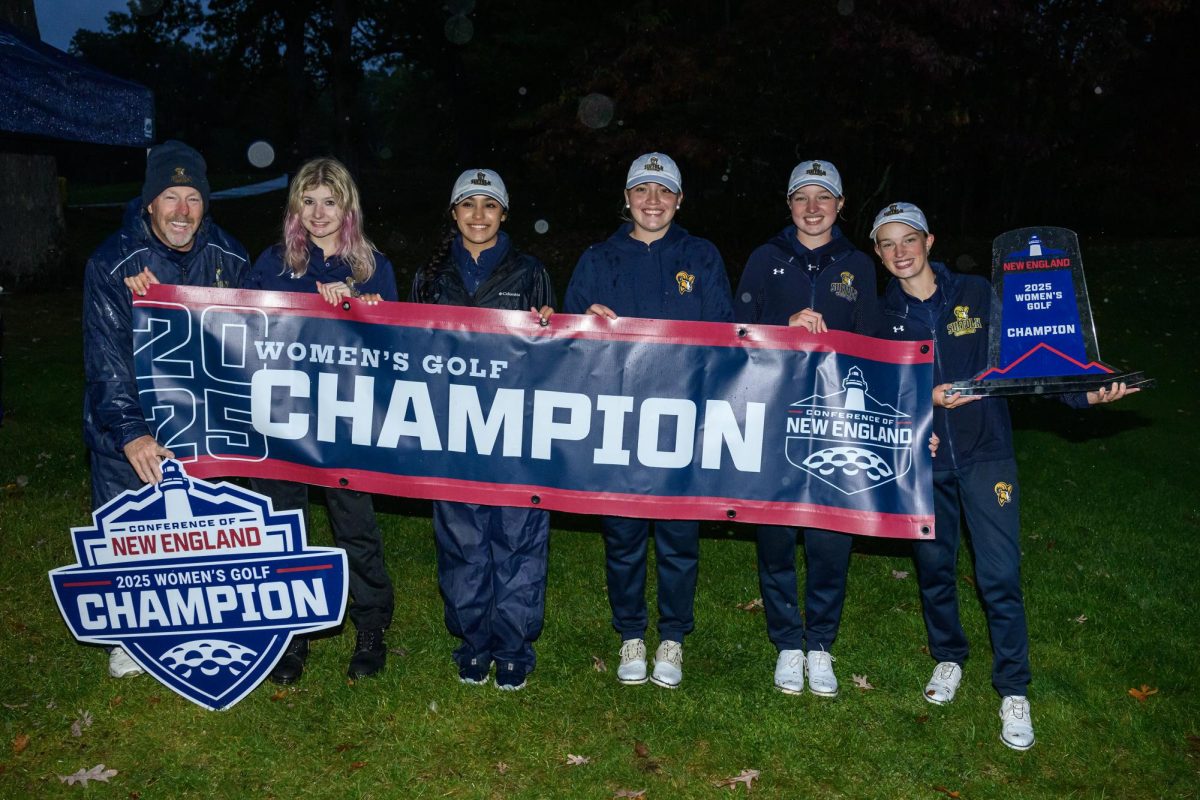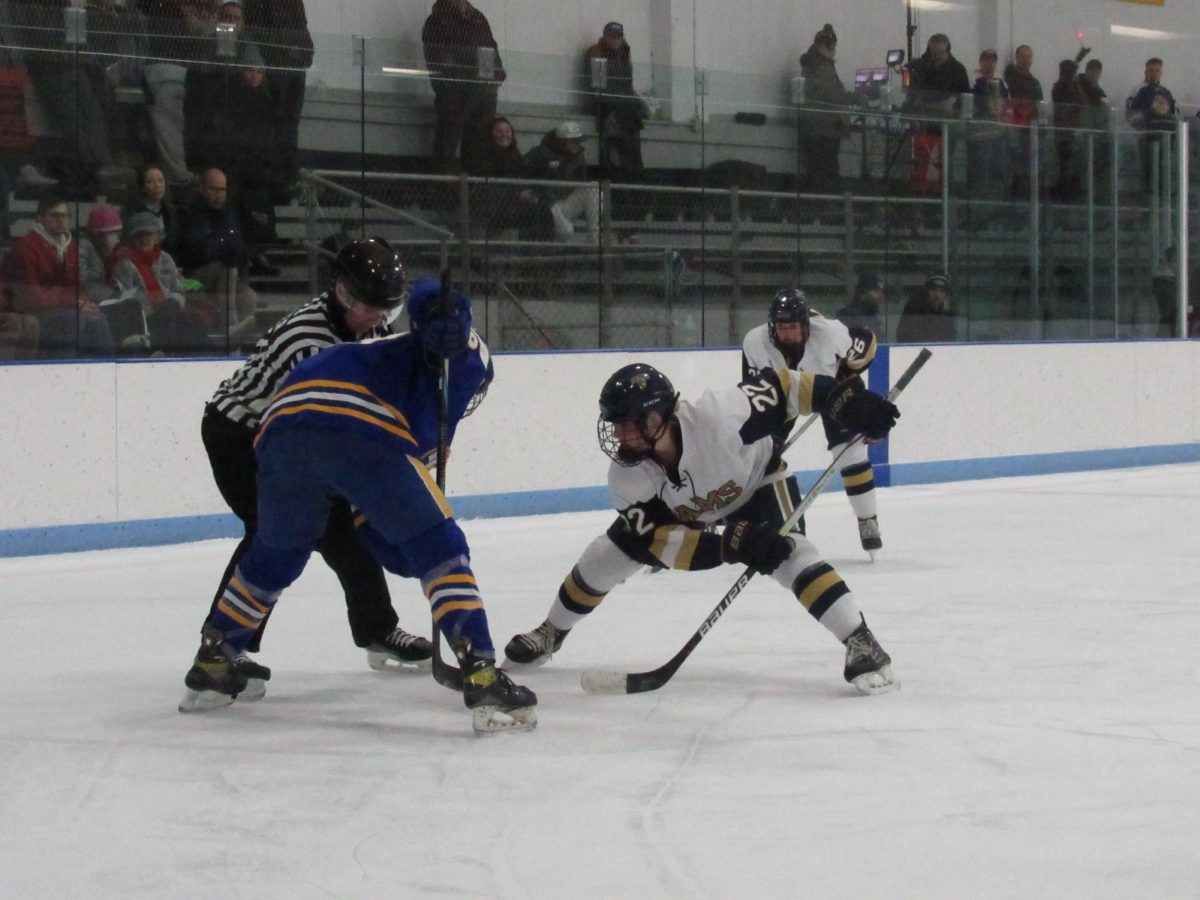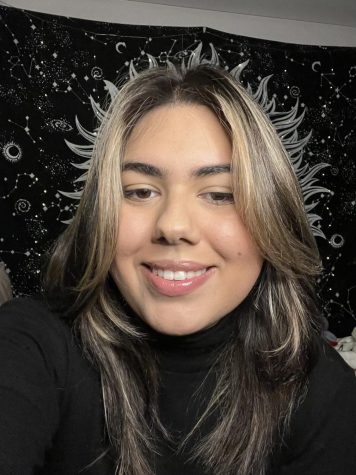Spring has sprung and with it comes an exhibition that is excellent for a blooming day. Formerly known as the Ware Collection of Blaschka Glass Models of Plants, the Glass Flowers is one of the most famous collections of handmade models of botanic plants, and it is minutes away from the Suffolk University campus.
Located at the Harvard Museum of Natural History in Cambridge, Blaschka’s Glass Flowers are unbelievable. As you walk through the narrow gallery you see more than 4,300 models of individual glass made by a father-and-son duo of Czech artists.
The variety of replicas and the details are jaw-dropping, and mixing that with the botanic smell in the room makes the patrons wonder if they’re in the midst of real flowers. In that small space, it is possible to hear people saying “this is crazy” or murmuring “it can’t be real.”
But as unreal as it seems, the Blaschkas made the impossible possible.
In 1886, Leopold and Rudolf Blaschka partnered with Harvard University to produce botanical models for display and study. More than a century later, the Glass Flowers remains one of the most visited exhibits of the HMNH. The third-floor gallery is located at the main entrance and is the first place the patrons visit in the museum.
One of the most impressive aspects of this exhibit is how the duo decided to portray the botanical models. Each plant has its space and description and their fieldwork studying them paid off. Their glass models work not only as a work of art but also as magnifier lenses for each section of the plant, from the flower to the stem.
What is even more remarkable is the age of the models. Dating from the 19th century to the early 20th century, the old glass preservation is the main concern of the museum. The models are as fragile as a flower and in different environments, the old materials behave differently. Yet, despite its age, the collection remains well-conserved and perceived over generations.
During the visit, it is possible to see not only the models but also learn more about how the glass flowers were made. There is a model of the Blaschkas lampworking bench with their tools and the bench’s mechanisms. There are also mentions of how they would assemble the plants and the studies of ink and pigments made by the duo.
The Ware Collection of Blaschka Glass Models of Plants is a great place to visit, contemplate, and — if you want — study the models of botanical plants. After all, the collection was mainly put together so students could look closely at the flowers and enrich their analyses. Blaschka’s Glass Flowers remains as relevant and loved as it was decades ago.
College students with a student ID can check out this collection and other exhibits at the Harvard Museum of Natural History for $10.
Follow Elise on Twitter @elisefacoelho


